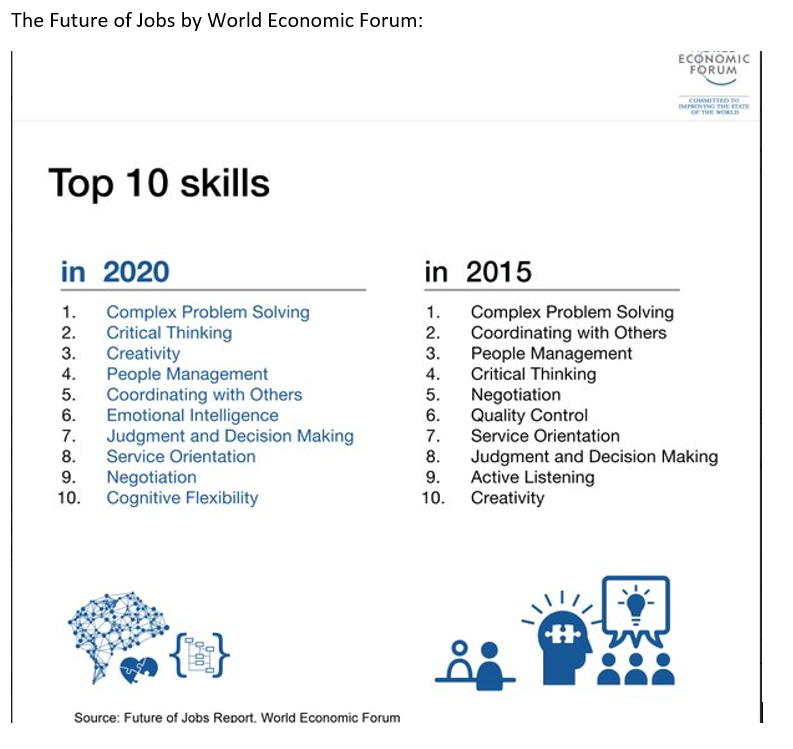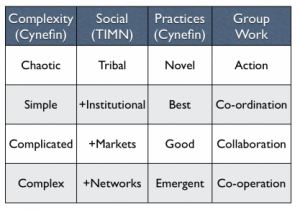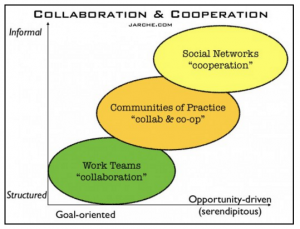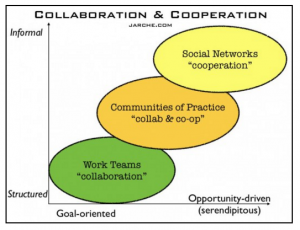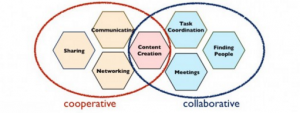Are you a digital workplace consultant? Then please remember that the technology is only part of the solution. But you sometimes sell it to me, as if the technology will save me from all evil. Please remember that, if all the technical gadgets and solutions do not support our culture and strategic goals, it will be close to meaningless.
As an example, today I stumbled upon a recruitment ad for digital workplace consultants. No, I am not looking for a new job, but since I receive a lot of notifications within this professional area, it reached my eyes. It was talking about cloud based solutions, mobility, and more. Those can be gorgeous, of course. But the ad did not emphasize enough the customer’s employees, adoption, or aligning the technology with the client’s culture or strategic goals.
From my perspective, everything starts with WHY here. And where does this ‘why’ reside? In the company culture. And how does a company culture live on over time? Through the humans who work there. Therefore, creating a better workplace requires people who understand people. I don’t care how awesome Office 365 (or any other product) is, if you don’t hear what I say in the first place. As Simon Sinek said: Place the Why in the middle, and then work your way out to How, and What. If you miss the Why (people, culture, values, strategic goals), I don’t care about the What (shiny technical stuff).
Therefore, the next time I see an ad for digital workplace consultants, I hope the technology is only 10%. The other 90% should be about being a good listener, one who can understand businesses, and bridge strategic and human needs to selecting the best gadgets and solutions. Have you sat in long near meaningless meetings with reluctant people introducing technology they don’t feel they need? Great! Have you struggled aligning what you do in your department with the overall goals of the company, but not known if you have a match? Awesome! You can become a digital workplace consultant.
Yes, we need smarter apps, better IT systems, and shiny things that alleviate us. But first of all we need great people who listen and understand us. Therefore, I hope this will be reflected in the digital workplace consultant ads going forward.


